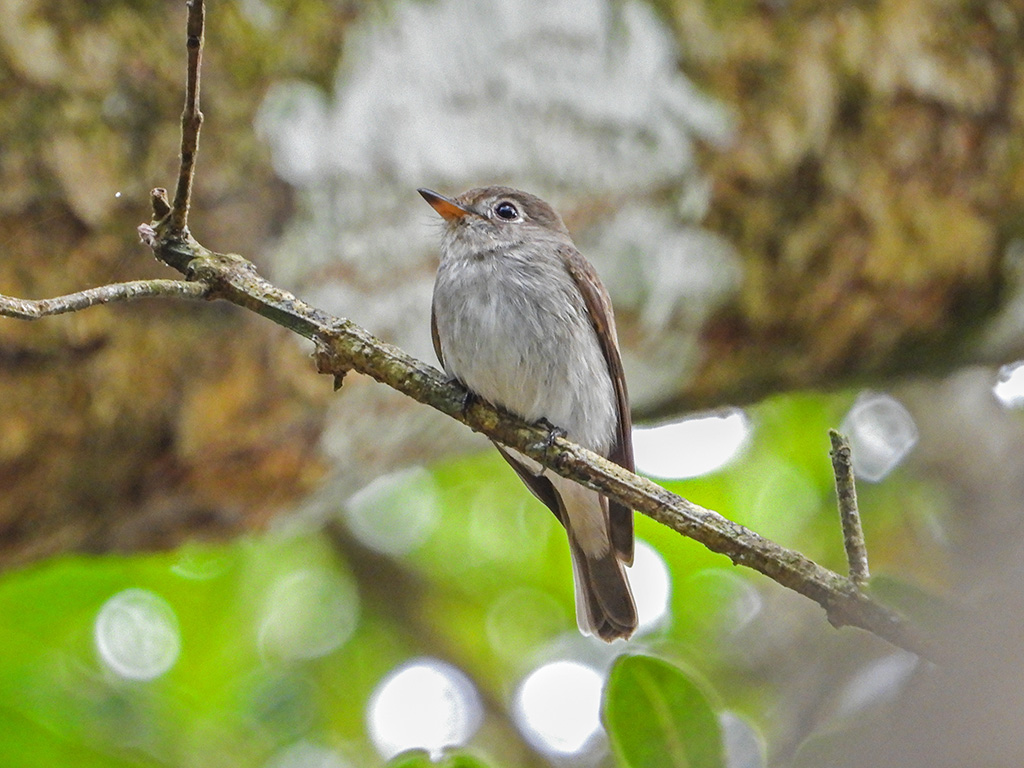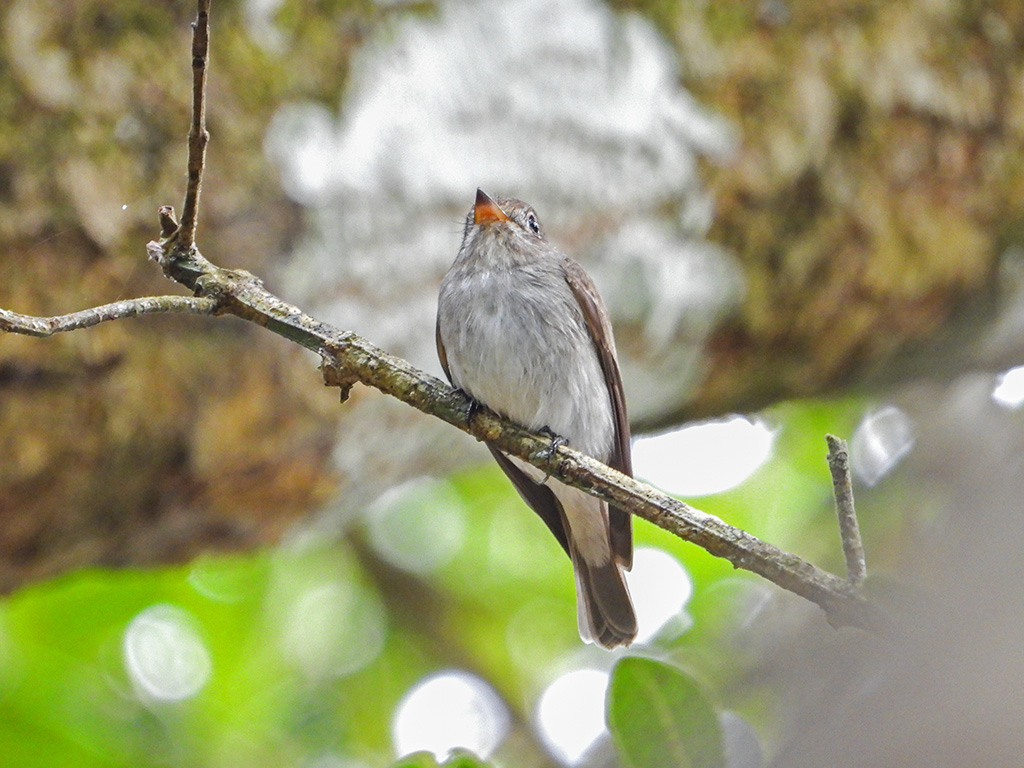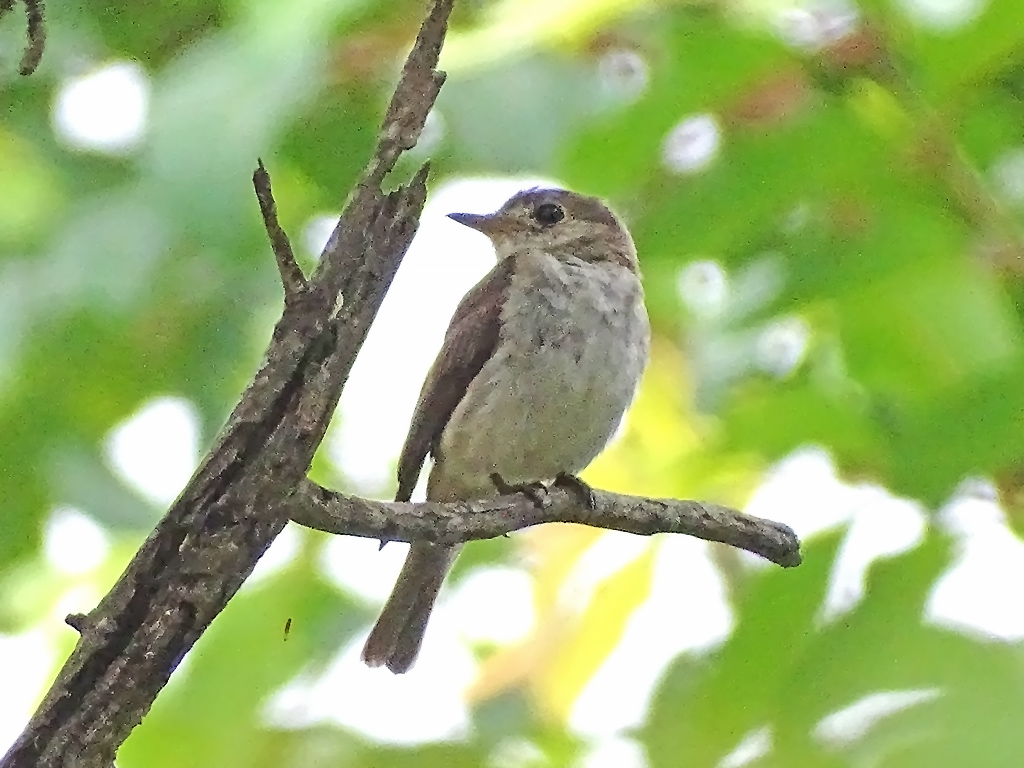| IUCN (International Union for Conservation of Nature): | Least Concern
|
|---|
| Approximate size(adult): | Length about 13–14 cm; wingspan 22–25 cm; weight around 10–12 g. A small, slender, and plain brown flycatcher with grey-brown upperparts, whitish underparts, and a faint eye-ring that gives a gentle expression.
|
|---|
| Resident/ Migrate from: | Breeds across northern and eastern Asia, including Siberia, Mongolia, and northern China; a migratory species.
|
|---|
| Migrate to: | Winters in South and Southeast Asia, including India, Sri Lanka, and the Malay Peninsula, and occasionally as far south as Indonesia.
|
|---|
| Breeding season: | May to August in the breeding range. Males sing from perches to attract females and defend territories.
|
|---|
| Breed in: | Nests in tree holes, wall crevices, or sheltered ledges, often using natural cavities or old woodpecker holes. The cup-shaped nest is made of moss, grass, and feathers. Clutch size typically 3–5 eggs.
|
|---|
| Habitat: | Prefers open woodlands, forest edges, parks, gardens, and lightly wooded areas during breeding; in winter, it is found in gardens and wooded habitats at lower elevations.
|
|---|
| Diet: | Feeds mainly on insects and flying arthropods, such as flies, beetles, moths, and butterflies. Catches prey in the air with short sallies from a perch, typical of flycatcher behavior.
|
|---|







